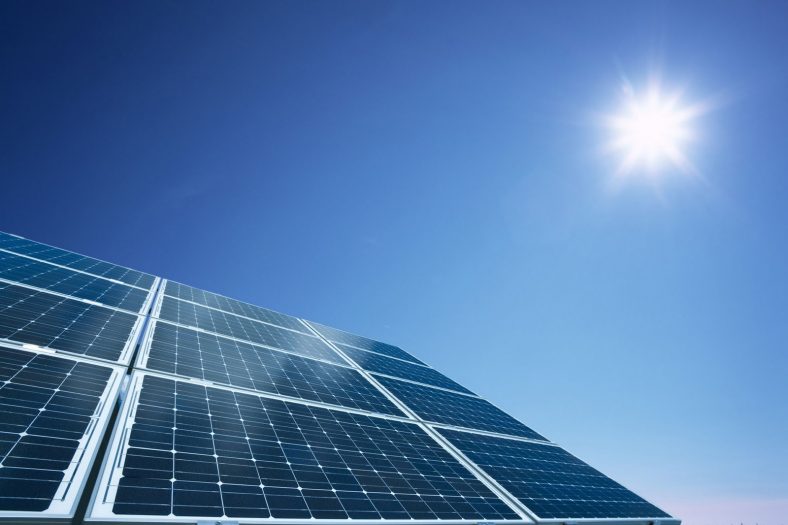The sun is a source of practically unlimited energy. Unfortunately, for quite some time, humans were unable to harness that energy. Today, we can finally harness the sun’s energy and power our homes with it.
Here is a look at how you can make the sun work for you.
What are Solar Panels?
Ever see those really cool blue rectangle pieces of glass? You know the ones with the shiny texture? Well, these are known as solar panels. A solar panel is a combination of photovoltaic modules, composed of wafers made out of silicon. In its simplest form, solar panels absorb the sun’s solar energy and convert the energy into electricity.
The Different Types
I bet you probably didn’t know there were different types of solar panels right? It’s ok as not everyone knows it. There are 3 major types of solar panels. Each type varies either in its shape or the type of silicon it contains. Here is a look at the 3 major types of solar panels, each with their pros and cons.
-
Monocrystalline Silicon Solar Panels –
Monocrystalline solar panels are not only the most popular type of solar panel, they are also the most efficient, offering efficiency of up to 20%. As such, these work great for small spaces.
Unfortunately, monocrystalline solar panels are the most expensive type of solar panels. You can tell them apart from other solar panels as their cells seem octagonal in shape.
-
Polycrystalline Silicon Solar Panels –
For quite some time, polycrystalline solar panels were the most popular solar panels. Compared to other types, they are cheaper to produce and convert a decent amount of electricity (roughly 10%).
Unfortunately, they typically absorb and convert roughly 50% of the energy that monocrystalline types do. Polycrystalline solar panels have cells that are completely rectangular in shape.
-
Thin Film Solar Panels –
Thin film solar panels are the least efficient type of solar panels available, with a typical 5% efficiency. However, they are the most affordable to produce. As such, they are only used on massive scale energy farms.
How to make them work for you
Whether you choose to install monocrystalline of polycrystalline solar panels on your roof, you can use them to either store and use energy or feed it back into the grid.
You can generate electricity throughout the day and store it in batteries. When day turns to night, switch to the stored solar energy, saving a substantial amount on your electricity bill.
Then again, you could always continuously generate electricity and then feed it back into the grid. As such, the government will pay you for each kilowatt of electricity you provide. This money can be used to pay for the solar panel system.
Regardless of whether you use the energy or feed it back into the grid, you could save on your entire electricity bill. Of course, that also depends on how efficiently you use the energy. On average, you can save at least 30% off your electricity bill with a 2kW installation. With the right vendor and scheduled maintenance, solar panels can last well over 2 decades, making them a worthy investment.
Noc enjoys writing about energy efficiency for Seametrics, a manufacturer of water flow meters that measure and conserve water.

